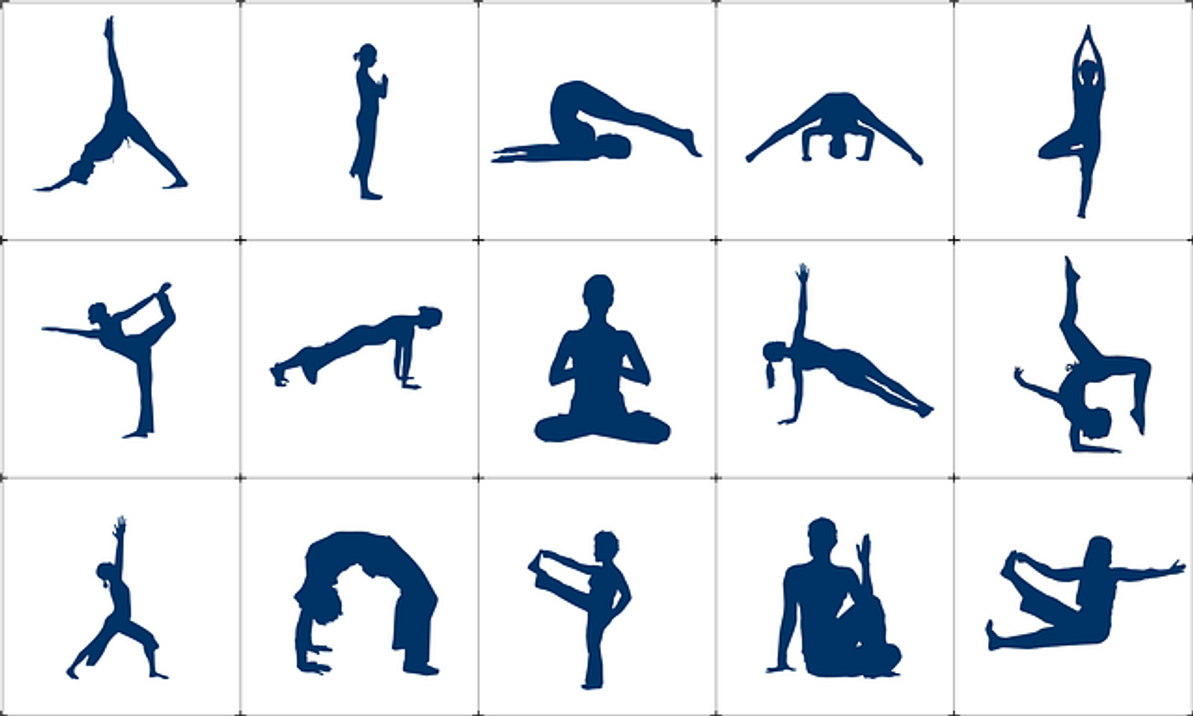What Are Isometric Exercises? Here's What You Should Know
There are many different types of exercises. While you might be familiar with aerobic and resistance exercises, you may not be familiar with isometric exercises. Nonetheless, isometric exercises have become increasingly popular in recent years. If you're looking to change up your fitness regimen, you may want to perform them. What are isometric exercises exactly?
Overview of Isometric Exercises
Isometric exercises are physical activities that force one or more muscle groups to contract without moving the joint angle. They will statically engage your muscles without straining your joints.
Most isometric exercises can be classified as either press, pull or hold. Press isometric exercises are those that involve pressing an object or surface. Pull isometric exercises are those that involve pressing an object or surface. Hold isometric exercises are those that involve holding your body in a given position. Whether press, pull or hold, all isometric exercises will force your muscles to contract without straining your joints.
Common types of isometric exercises include the following:
- Planks
- Side planks
- Dead hang
- Against-the-wall sit
Benefits of Isometric Exercises
You can build stronger muscles by performing isometric exercises. Isometric exercises encourage the production of new muscle tissue. Like other muscle-engaging exercises, they will stress your body's muscles. In response, your body will build new muscle tissue.
Isometric exercises are easy on the joints. Resistance exercises can help you build stronger muscles as well, but it may come at the cost of joint pain. Isometric exercises, on the other hand, are easy on the joints. They won't strain or otherwise stress your joints.
Another benefit of isometric exercises is the simple fact that they don't require any equipment. You don't need any weights, nor do you need any workout machines. You can perform isometric exercises by using your own body weight. Planks, for example, are considered a type of isometric exercise. You can perform planks by getting in the push-up position and holding up your body with your forearms.
Isometric exercises are great for building core strength. Core strength, of course, is affected by your abdominal muscles. For a stronger core, look no further than isometric exercises. You can target your abdominal muscles with isometric exercises to achieve a stronger core.
In Conclusion
For a more diverse fitness regimen, you should consider performing isometric exercises. They are static exercises that engage the muscles but not the joints. You can perform isometric exercises without straining your joints.
Recent Posts
-
Fire Safety in the Workplace: What You Need to Know
What steps are you taking to prevent fires in your workplace? According to the U.S. Occupational Saf …Aug 23rd 2023 -
Is It Safe to Go Jogging With a Cold Infection?
If you're suffering from a cold infection, you might be wondering whether it's safe to go jogging. T …Aug 22nd 2023 -
5 Safety Tips to Follow When Using a Powder-Actuated Tool
Powder-actuated tools are commonly used to join materials to steel and concrete. Also known as Hilti …Aug 20th 2023




